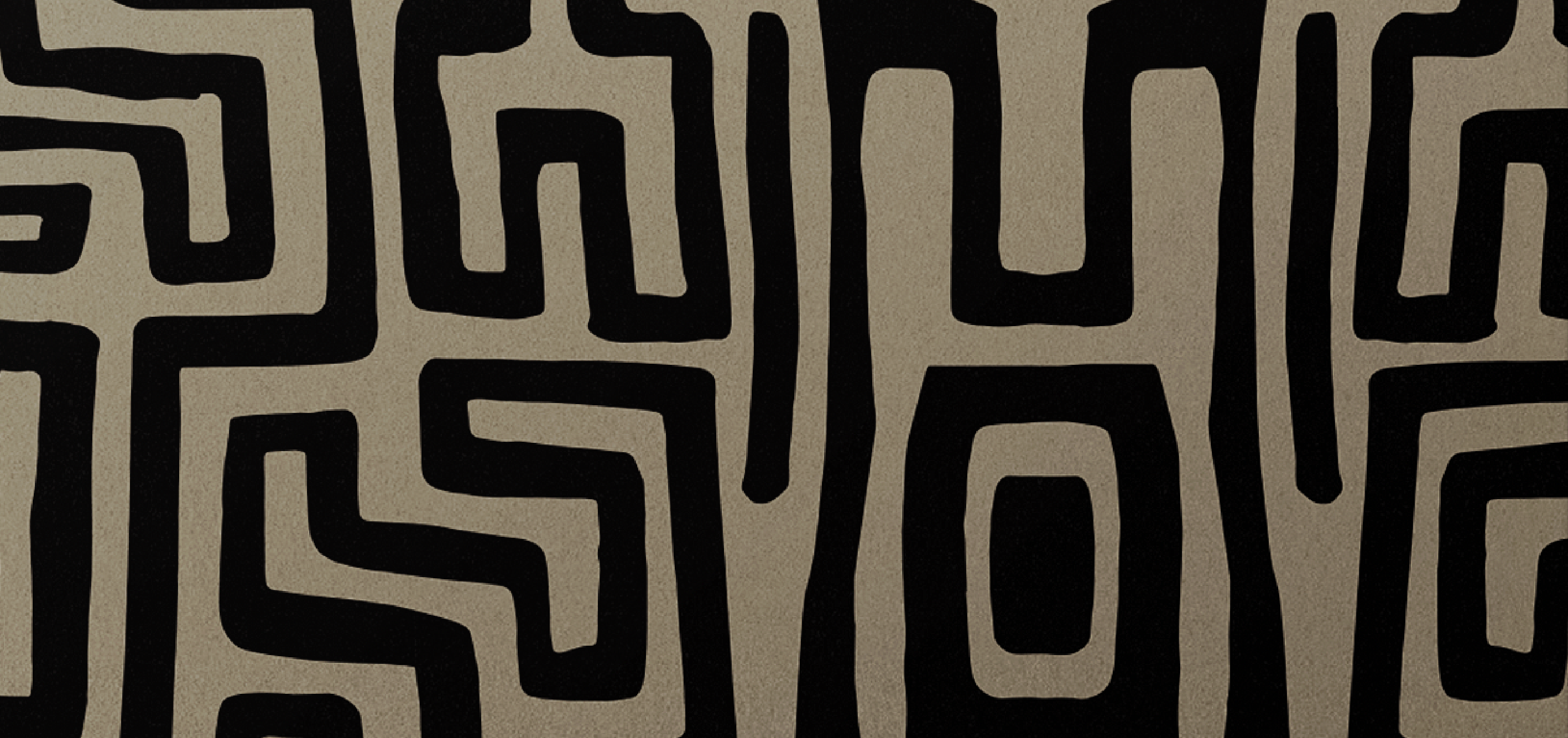|
There’s a lie many of us have absorbed—that rage is dangerous, shameful, something to be hidden or medicated. Especially for women, whose hormonal fluctuations are still misunderstood and dismissed, anger is often treated as proof that something is “wrong” with us. Recently, I sat in a somatic session with a healer friend and reflected on a rage ritual I had just moved through. It wasn’t elaborate—just me, my car, and a stream of unfiltered words pouring out of me. I vented until my throat was raw. Rage about my privilege. Rage at my partner’s careless comment that reduced my feelings to “just hormones.” Rage at motherhood’s endless demands. Rage at the suicide of my first husband, at the way grief never leaves but instead shifts into new shapes. Rage at the difficulty of my second marriage, which is both blessing and challenge. Rage at a culture that medicates and numbs women rather than witnessing our truth. And here’s what I noticed: when I let it out, my body moved. My skin rippled with chills, my chest loosened, sadness followed—and then, lightness. Rage is energy. When it’s bottled up, it calcifies into bitterness. But when it’s moved through the body—by screaming into a pillow, crying in the car, pounding your fists into a mattress—it transforms. We love to talk about gratitude rituals. And yes, gratitude matters deeply. But gratitude without rage is incomplete. Rage is part of the sacred bouquet of emotions we were given. Rage is the doorway into truth. It’s not “PMS.” It’s not weakness. It’s access. What would it look like if we all created rage rituals for ourselves? What would it mean to honor anger the way we honor meditation, or prayer, or journaling? What if rage, grief, and gratitude weren’t opposites but companions—each revealing a fuller, more human life? Because the truth is: without rage, there is no release. Without grief, there is no love. Without gratitude, there is no healing.
|
|
|
|
|
Rage as a CompassRage tells the truth we are often too polite—or too afraid—to name. It points to the boundaries that have been crossed, to the places where our needs are being ignored, to the deeper griefs that haven’t yet had words. When I rage, I can usually trace the anger back to something sacred: my need for rest, my desire to be seen, my ache for fairness, my longing for love. What if instead of fearing that fire, we treated rage like a compass, one that can guide us back to what matters most? Rage in the BodyIn my body, rage is never just mental. It is heat in the chest, clenching in the jaw, an energy that insists on being moved. This is why rituals matter—rage won’t resolve through logic alone. It wants voice, sound, movement. It wants us to howl, cry, stomp, or shake until the energy shifts. When we give rage a safe container, we discover that it isn’t endless. It rises, peaks, and then recedes like a storm. The aftermath often feels like relief.
|
 |
|
|
without grief, there is no love.
|
|
The Mother’s RageThere is also the rage of motherhood, which deserves to be spoken plainly. The constant mental load, the endless needs, the overstimulation of little hands pulling on you from every direction—it builds. Motherhood asks us to be bottomless containers, and rage is often the body’s way of saying, I am not bottomless. The paradox is that this rage doesn’t cancel our love; it comes because we love, because the responsibility is so immense. To acknowledge that truth doesn’t make us bad mothers. It makes us honest ones. Rage and Grief as Twin FlamesI’ve learned that rage is almost always braided with grief. My rage at my husband’s suicide is braided with the sorrow of his absence. My rage at being misunderstood is braided with the grief of feeling unseen. Rage erupts, but beneath it is always a well of loss. When I allow both, I move closer to healing. Rage cracks me open; grief softens me back to love. Making Space for Sacred RageWhat if every one of us carved out space for sacred rage? A weekly ritual, like we do for gratitude or yoga. A pillow to scream into. A journal page to curse on. A drive with the music so loud it vibrates through your ribcage. Rage isn’t something to fear; it’s a gift when held with intention. To ritualize it is to honor the full spectrum of being human.
|












